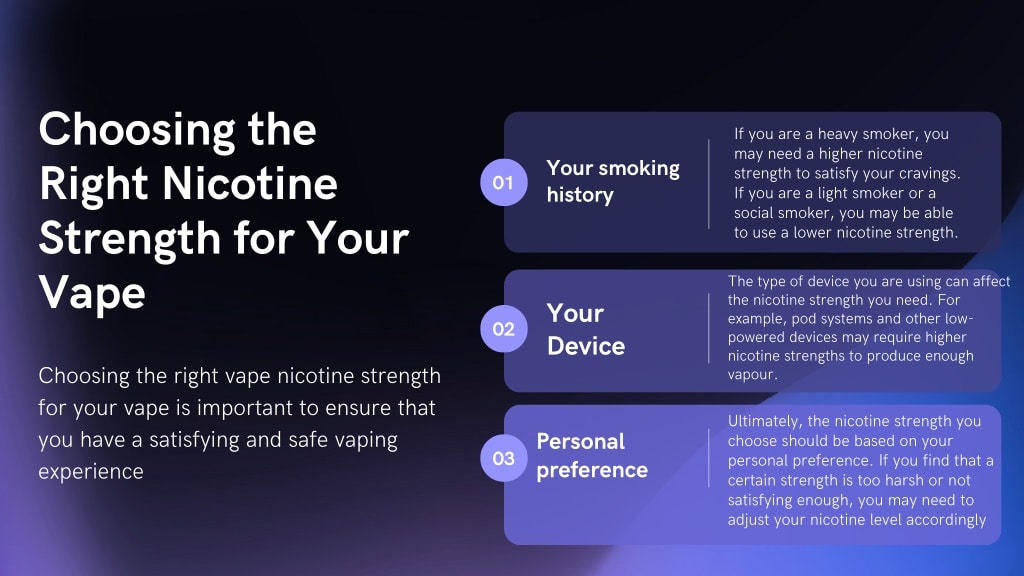Industry Research, Health Studies, Vaping News
England’s High-Strength Nicotine Rates Rising
A recent study conducted by researchers from University College London (UCL) has revealed a significant rise in the use of high-strength nicotine among vapers in England. This increase coincides with the surge in popularity of disposable e-cigarettes since 2021. Published in the journal Addiction and funded by Cancer Research UK, the study highlights the growing trend and its potential implications.
Study Findings: Surge in High-Strength Nicotine Use
The UCL study found that the proportion of vapers using high-strength nicotine e-liquids increased from an average of 3.8% between July 2016 and June 2021 to 32.5% in January 2024. The research team, comprising Sarah Jackson, Jamie Brown, Lion Shahab, Deborah Arnott, Linda Bauld, and Sharon Cox, analyzed survey responses from 7,314 adult vapers in England between 2016 and 2024.
Significant Increases Among Young Adults and Disposable Users
The study observed the most substantial increases in high-strength nicotine use among 18- to 24-year-old vapers, rising from 3.9% to 53.1%, and among those primarily using disposable e-cigarettes, jumping from 2.6% to 49.0%. However, notable rises were also seen in older age groups, current smokers, and recent ex-smokers.
“The biggest increases were among 18- to 24-year-old vapers (from 3.9% to 53.1%) and vapers who mainly used disposables (2.6% to 49.0%).” – University College London

Concerns Over Proposed Taxation on High-Strength Nicotine
Despite the increase in high-strength nicotine use, researchers caution against the UK Government’s proposal to tax vaping products based on nicotine strength. They argue that higher taxes on higher-strength nicotine products could undermine smoking cessation efforts.
Potential Impact on Smoking Cessation
Dr. Sarah Jackson, lead author from the UCL Institute of Epidemiology & Health Care, emphasized the importance of high-strength nicotine for smokers trying to quit. “Nicotine may be addictive, but it is not what causes the great majority of harms from smoking. For smokers trying to quit, vaping with higher-strength nicotine is likely to be more effective, as it satisfies cravings more quickly and provides better relief from withdrawal symptoms,” she said.
“Taxing higher-strength nicotine products at higher rates will make the most effective way to quit less affordable, which may drive vapers towards lower-strength e-liquids and potentially undermine smoking cessation attempts.” – Dr. Sarah Jackson
Behavioral Implications of Taxing Nicotine Strength
Senior author Dr. Sharon Cox added that taxing based on nicotine strength could lead to unintended consequences. “Taxing products according to nicotine strength may also result in people using a lower, cheaper strength and vaping more, as a person with nicotine dependence will alter their behavior to get the required nicotine dose in their system,” she explained.
“It may increase the amount of liquid used and vapers’ exposure to potential toxicants.” – Dr. Sharon Cox
Government Proposals and Industry Response
In the 2024 spring Budget, the UK Government announced a new Vaping Products Duty, set to be introduced in October 2026. The proposed duty would apply higher levels of tax to higher-strength nicotine e-liquids.
Concerns from Health Organizations
Deborah Arnott, CEO of Action on Smoking and Health (ASH) and co-author of the study, stressed the importance of making vapes less appealing to minors without compromising their effectiveness as a smoking cessation tool for adults. Curbing underage vaping can best be achieved by making all vapes less appealing and increasing the price at point of sale, whatever their nicotine content,” she said.
“If we are to ensure that vapes remain an effective quitting tool for adults, smokers should not be discouraged from using higher nicotine content vapes.” – Deborah Arnott
Study Methodology and Data Analysis
The study utilized data from the Smoking Toolkit Study, an ongoing survey that interviews a different representative sample of 2,450 adults in Great Britain each month. The researchers classified e-liquids containing 20mg/ml of nicotine or more as high strength, with 20mg/ml being the legal limit in the UK. They also examined survey data from Wales and Scotland for current nicotine use between 2022 and 2024.
Trends in Nicotine Strength and Device Usage
The study found that vapers using disposable e-cigarettes were more likely to use higher-strength nicotine. Despite proposals to ban disposables, researchers noted that manufacturers are already offering reusable models with similar nicotine strengths.

Need for Better Labelling
Additionally, the study highlighted an increase in the number of vapers using disposables and pod devices who were unaware of their e-liquid’s nicotine strength. This underscores the need for improved labelling to ensure consumers are well-informed.
In Summary
The rise in high-strength nicotine use among vapers in England presents both challenges and opportunities. While it underscores the effectiveness of higher nicotine concentrations in aiding smoking cessation, it also raises concerns about potential policy impacts. As the UK Government moves forward with its Vaping Products Duty, it is crucial to balance public health objectives with the need to support smokers in their quit attempts.

